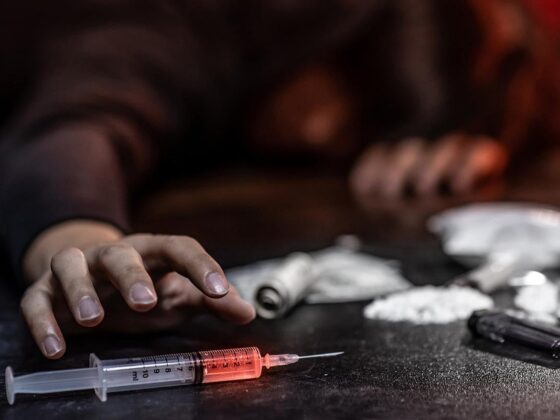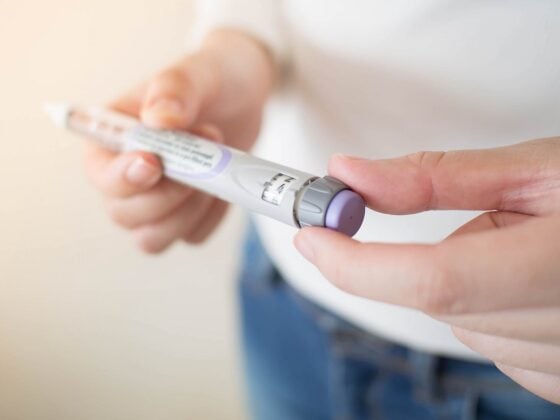We love to imagine the past as a time when food was pure — natural, straight from the farm, and untouched by chemicals. But that golden age of wholesome eating? Total myth. Even as far back as the late 1800s and early 1900s, American food was anything but wholesome. Unscrupulous dairymen watered down milk and whitened it with chalk or plaster dust. If the milk began to sour, they didn’t throw it out — they freshened it up with a splash of formaldehyde. That’s right, the same stuff used to preserve corpses.
Butter was frequently blended with borax to stay fresh longer. And coffee? It might include anything from sand and tree bark to ground acorns and charcoal.
There were no ingredient lists. No safety checks. No laws against selling toxic food to unsuspecting families.
Human Lab Rats
In 1883, Dr. Harvey Wiley joined the U.S. Department of Agriculture as its chief chemist. At the time, the USDA had no power to regulate what Americans ate — it could only study and report. But Wiley had a bold idea: if lawmakers wouldn’t listen to reports, maybe they’d listen to people getting sick.
So he assembled the “Poison Squad,” a group of young clerks who volunteered to eat meals laced with preservatives like borax, salicylic acid, and formaldehyde — just to see what happened. What happened was nausea, headaches, and in some cases, lasting health issues. But it also made headlines.
Food Fight
Wiley’s crusade captured the public’s imagination. Newspapers ran the story, and people began asking: What’s in our food? Who’s protecting us? At the time, the answer was no one.
Wiley used his platform — and his data — to push for stronger protections, taking on powerful food manufacturers and chemical companies along the way. He teamed up with women’s groups, physicians, journalists, and consumer advocates to help pass the landmark Pure Food and Drug Act of 1906 — the first federal law to stop companies from selling mislabeled or toxic food and medicine.
Frustrated by industry interference, Wiley eventually left government. But he didn’t give up. He joined Good Housekeeping, launched the Seal of Approval, and kept fighting for honest, safe products — from the pages of a magazine.
Colorful Chemicals Linger
This week, more than a century after Wiley’s campaign, the FDA announced it will work with the food industry to voluntarily eliminate six commonly used petroleum-based dyes by the end of next year. These dyes — while chemically different from crude oil — have raised concerns about possible links to behavioral problems in children.
The FDA is also beginning the process to ban two more food dyes — Citrus Red No. 2 and Orange B — and is urging companies to fast-track the removal of Red No. 3, a dye banned in cosmetics but still allowed in some foods.
It’s a step forward. But other petroleum-based additives — like glossy chocolate coatings, imitation almond flavor, and synthetic vanilla — are still widely used.
The Fight Isn’t Over — It’s Just Evolved
We’ve come a long way since the days of borax butter and formaldehyde milk, thanks to pioneers like Harvey Wiley. But while today’s threats may come with cleaner packaging and scientific-sounding names, the core issue remains — profits too often take priority over people.
So keep reading labels. Keep asking questions. Keep pushing for research. Because if history teaches us anything, it’s that food safety isn’t a guarantee — it’s a fight.
Happy reading,
Suzanne Daniels
- What’s New: younger adults skip doctors for medical advice, innovative colon cancer program delivers results and digital tech benefits seniors’ brain health.
- Buyer, Be Wise: USDA drops plan for poultry salmonella levels, counterfeit Ozempic warnings and avoiding creams and lotions with fragrance.
- Tough Talks: bringing up someone’s bad hygiene, puberty talk and revealing an Alzheimer’s diagnosis.
- Hue Knew: including my personal favorite, Scientists Say They’ve Discovered a New Color—an ‘Unprecedented’ Hue!
What’s New
Becker’s Hospital Review
Younger adults increasingly bypass clinicians for medical advice: 4 report findings
HealthDay
Colon Cancer Screening Program Cut Cases, Deaths, Eliminated Racial Gaps
HealthDay
Everyday Digital Tech Is Protecting Seniors’ Brain Health, Study Says
Buyer, Be Wise
Associated Press
USDA withdraws a plan to limit salmonella levels in raw poultry
HealthDay
FDA and Novo Nordisk Alert Consumers to Counterfeit Ozempic
NPR
Why you should avoid lotions and creams that contain ‘fragrance’
Tough Talks
Time
How to Bring Up Someone’s Bad Hygiene Without Offending Them
University of Michigan
The puberty talk: Parents split on best age to talk about body changes with kids
Wall Street Journal
When Is the Right Time to Tell People You Have Alzheimer’s?
Hue Knew?
Smithsonian Magazine
Unraveling the Colorful History of Why Girls Wear Pink and Boys Wear Blue
Wall Street Journal
How the Science of Color Boosts Productivity at Work
Smithsonian Magazine
Scientists Say They’ve Discovered a New Color—an ‘Unprecedented’ Hue Only Ever Seen by Five People
Enjoy the weekend!
Best,
Suzanne
Suzanne Daniels, Ph.D.
AEPC President
P.O. Box 1416
Birmingham, MI 48012
Office: (248) 792-2187
Email: [email protected]

News you can trust



